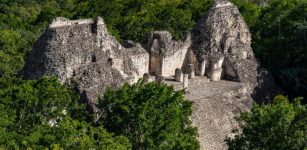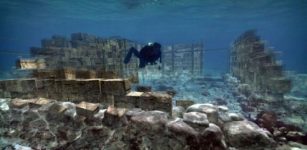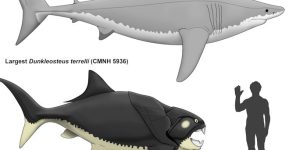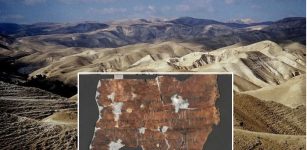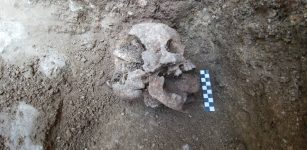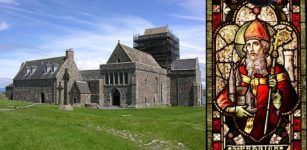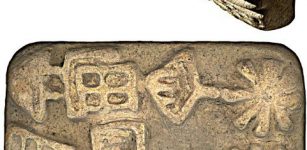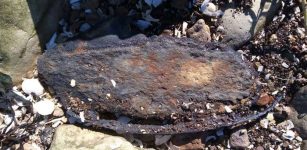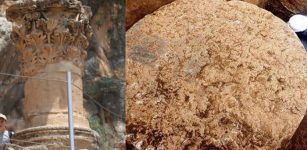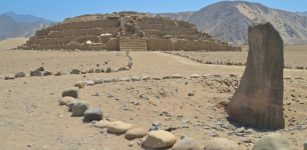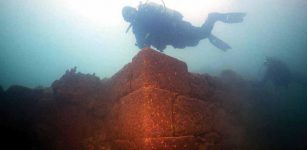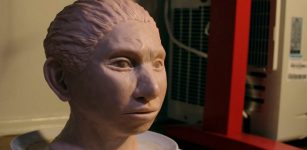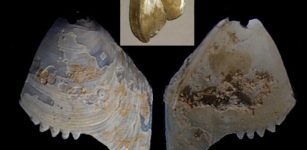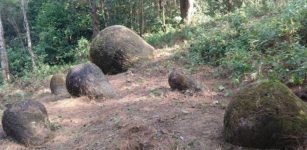Early Harappan Burial Site With 26 Graves Unearthed In Kutch, Western India
Conny Waters – AncientPages.com - Archaeologists from the University of Kerala in Kutch, Gujarat state in western India excavated a number of skeletal remains from a cemetery-like burial site dated to the early phase of the Harappan civilization from 3300 BC to 2600 BC.
The Indus Valley Civilisation was a Bronze Age civilization in the northwestern regions of South Asia; the history of Kutch can be traced back to prehistorical times.
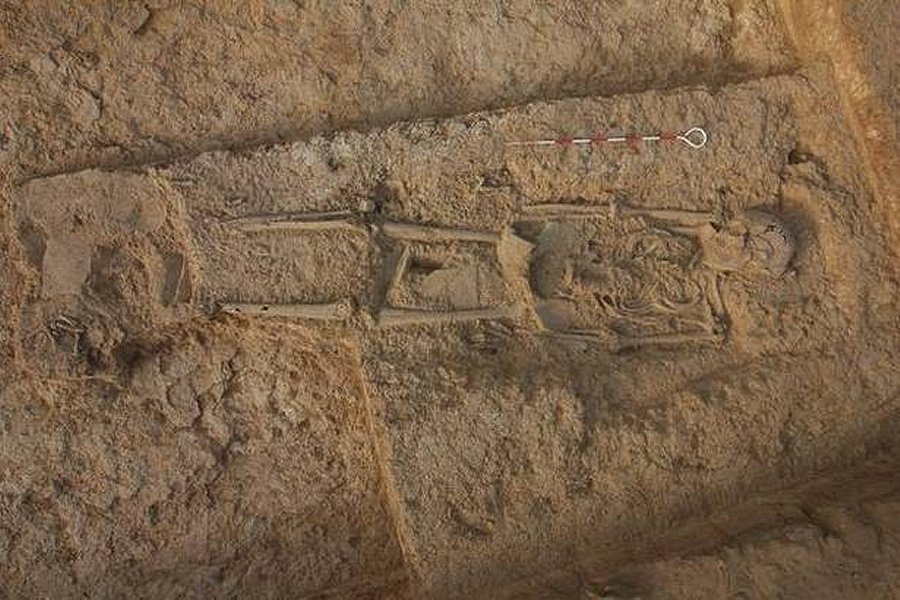 Artefacts that were unearthed from an early Harappan site in Kutch.
Artefacts that were unearthed from an early Harappan site in Kutch.
Of the 26 rectangular graves that were excavated, the biggest was 6.9 metres long and the smallest 1.2 metres long. The skeletal remains of human beings in most of them were found to be disintegrated. There have also been found animal skeletons along with those of humans, reports The Hindu.
The graves, which vary in size, contain skeletons placed in a specific manner. As The Hindu writes, they were oriented east-west with the heads positioned on the eastern side. Next to the legs on the western side, the archaeologists found earthen pots and pottery shards and other artefacts, including conch-shell bangles, beads made of stones and terracotta, numerous lithic tools and grinding stones.
See also:
Indus Valley Civilization Far Ahead Of Its Time Has Baffled Scientists For Centuries
“While the burial of belongings next to the corpse could possibly suggest the prevalence of the concept of afterlife, much study was required before we could arrive at any such conclusions,” says Rajesh S.V., Assistant Professor at the university’s Department of Archaeology, who along with Assistant Professor Abhayan G.S., led the excavations.
Interestingly, other graves found by archaeologists contained the remains of people who were possibly cremated were also found in a few graves.
One skeleton was successfully recovered (others were found totally decomposed). The other skeletal remains will be sent to various laboratories for further examination.
Written by Conny Waters – AncientPages.com Staff Writer

